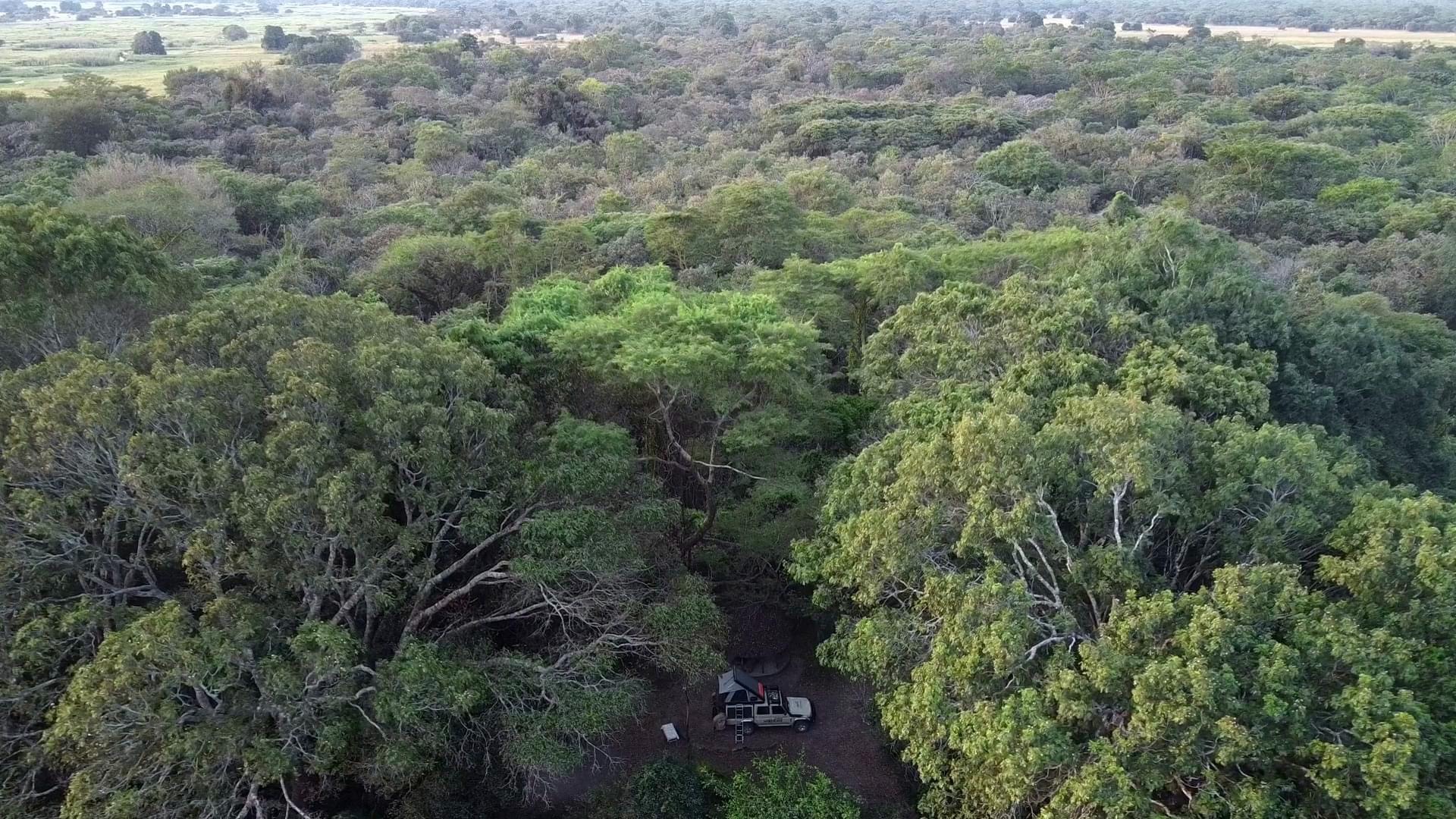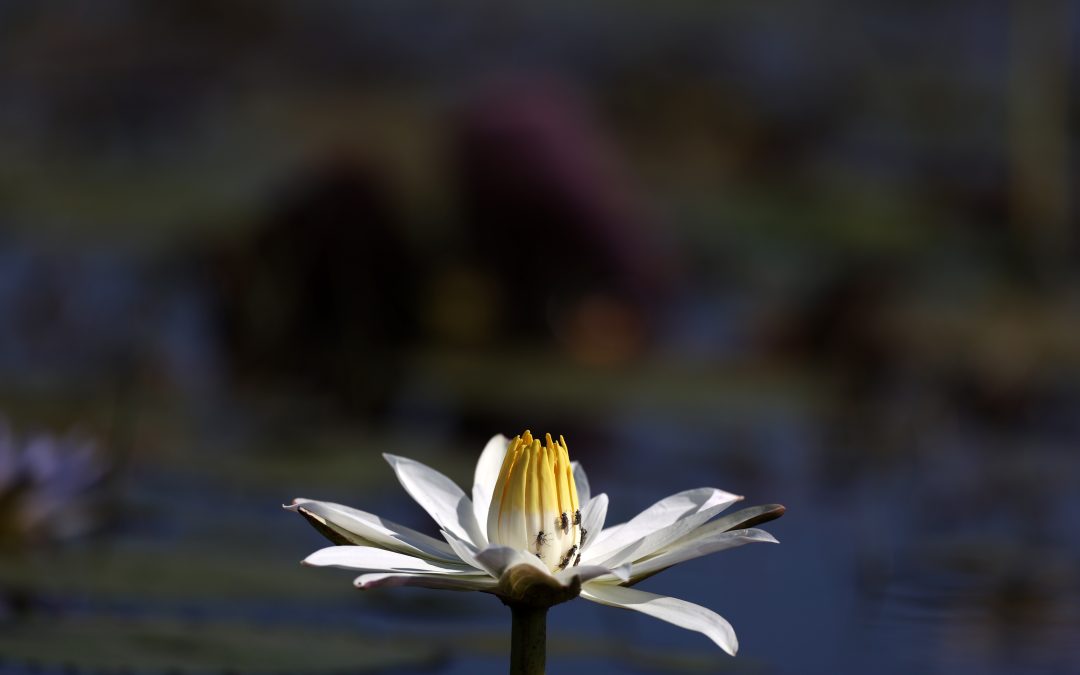It is interesting to walk shin-deep through a marsh at night while carrying a stranded mokoro canoe. The clinking of a thousand reed frogs in stereo, the occasional splashing of an unseen herd of lechwe nearby, and the vast moonlit plain around you is magical. Then you remember how far you are from anything, the millions of mosquitos buzzing around you, and the fact that you are sloshing through croc and hippo country at night with no torch. So, interesting is one word. Stupid also springs to mind. We had been tracking shoebills in the Bangweulu wetlands all day, and we only found one very late in the afternoon. Our guide simply would not turn around without finding one, with the end-result being a very late return to camp. Anyone who considers a long-haul flight an arse-cramping affair has never spent 10 hours in a mokoro.
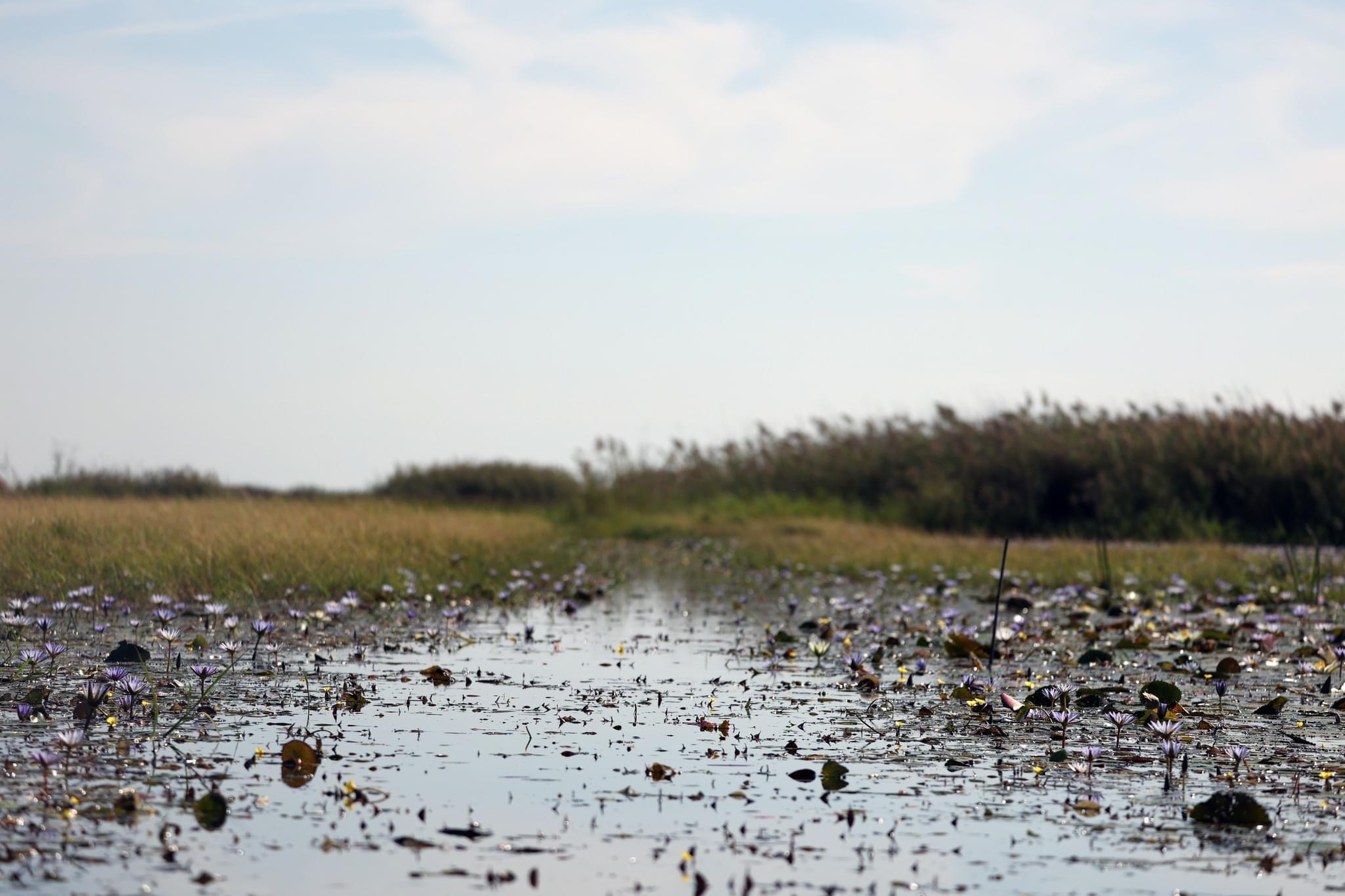
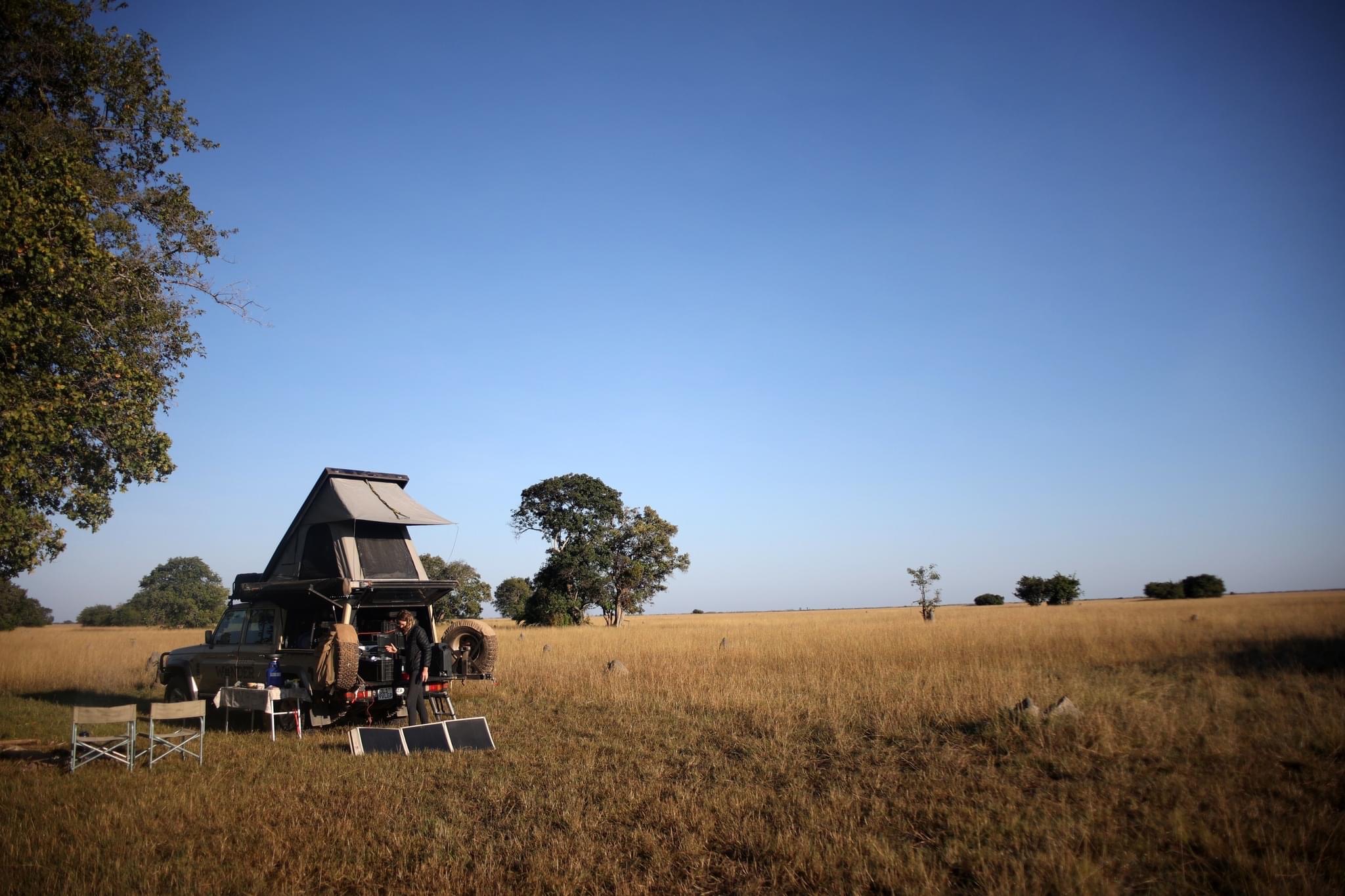
The enigmatic shoebill is often described as a living dinosaur. Given its huge size, rare status and the fact that it has Rex in its scientific name, it makes sense. The Bangweulu swamps is the southernmost point of its distribution and many birders venture here to trek after this bird – likely one of the most coveted lifers in all of Africa. They are secretive and shy birds and live only in very specific marshy wetlands. Since shoebills only begin building nests in June, their movements and locations are more unpredictable this time of year and they can be anywhere in a very big swamp.

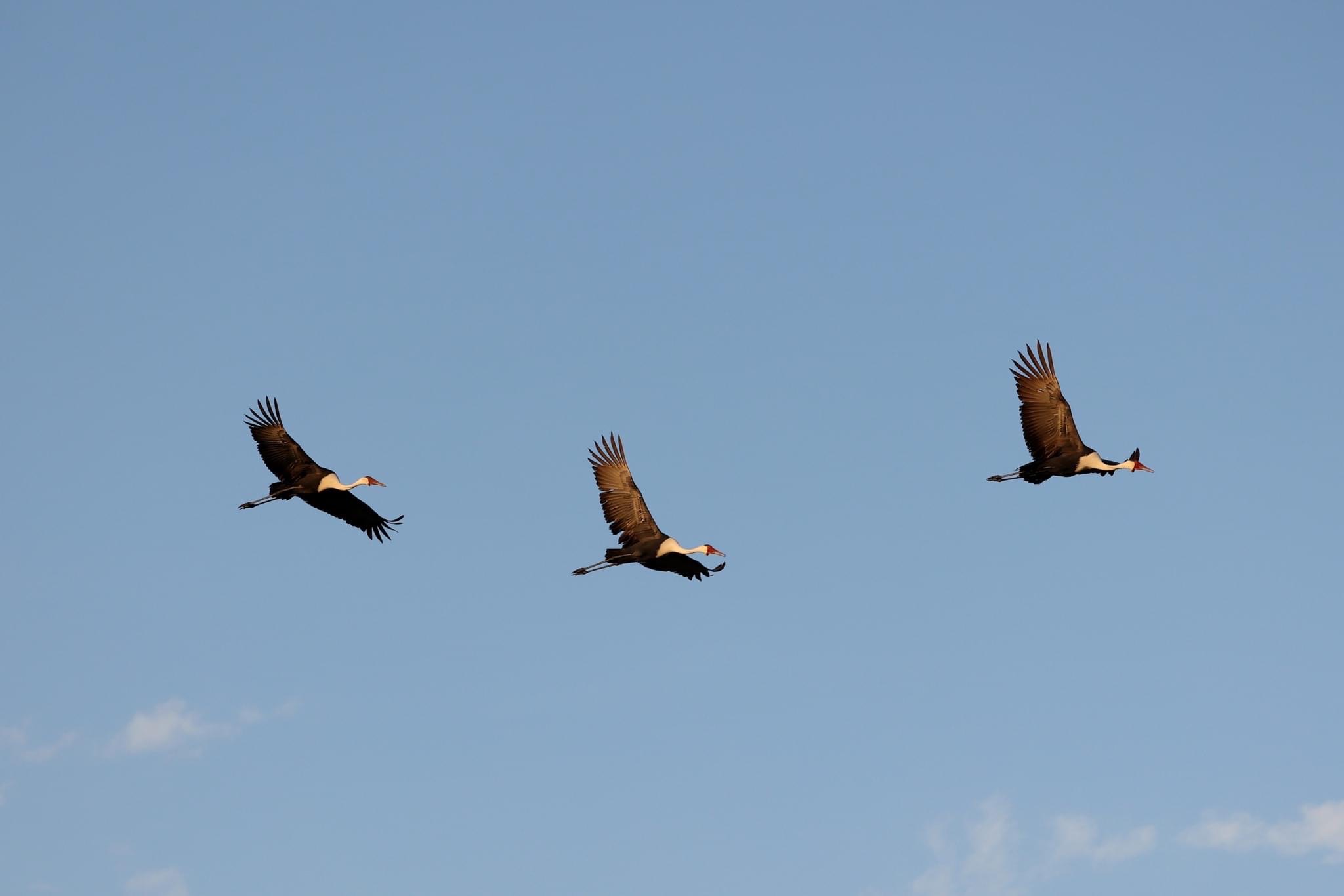
Bangweulu is a community reserve where local fishermen still ply their trade and the shoebills’ conservation is managed by African Parks. They have very interesting initiatives. One is hand-raising rejected shoebill chicks using special shoebill puppets (made by Jim Henson’s from Muppets Tonight), as chicks get attached to the first thing they see. Another is to assign local fishermen to specific shoebill nests as guardians to ensure the community’s involvement and direct benefit from conservation.
They say it is about the journey to the bird that makes it worthwhile, and our day was no different. We saw a plethora of amazing creatures in the wetlands including the very localised Katanka masked weaver, blue-collared bee-eaters, swamp flycatchers, and over a thousand African openbills heading home to roost in the late afternoon. When we eventually found a shoebill, it was a surreal moment. After all the crazy effort to find it, suddenly, there it was. Almost pretending as if it was not critically endangered. A rare adventure that more people should embark on to ensure the survival of these mysterious giants.

The Bangweulu wetlands and marshes are not only home to shoebills, it is probably the only place in the world where you will see the black lechwe, of which an amazing 40 000 can be seen on the open marshy plains! We knew about the lechwe coming here, but we did not expect a cheetah walking straight past our tent one morning while we were having our coffee! Two were introduced three years ago and they seem to thrive within the reserve. We were very lucky indeed to encounter one in camp.

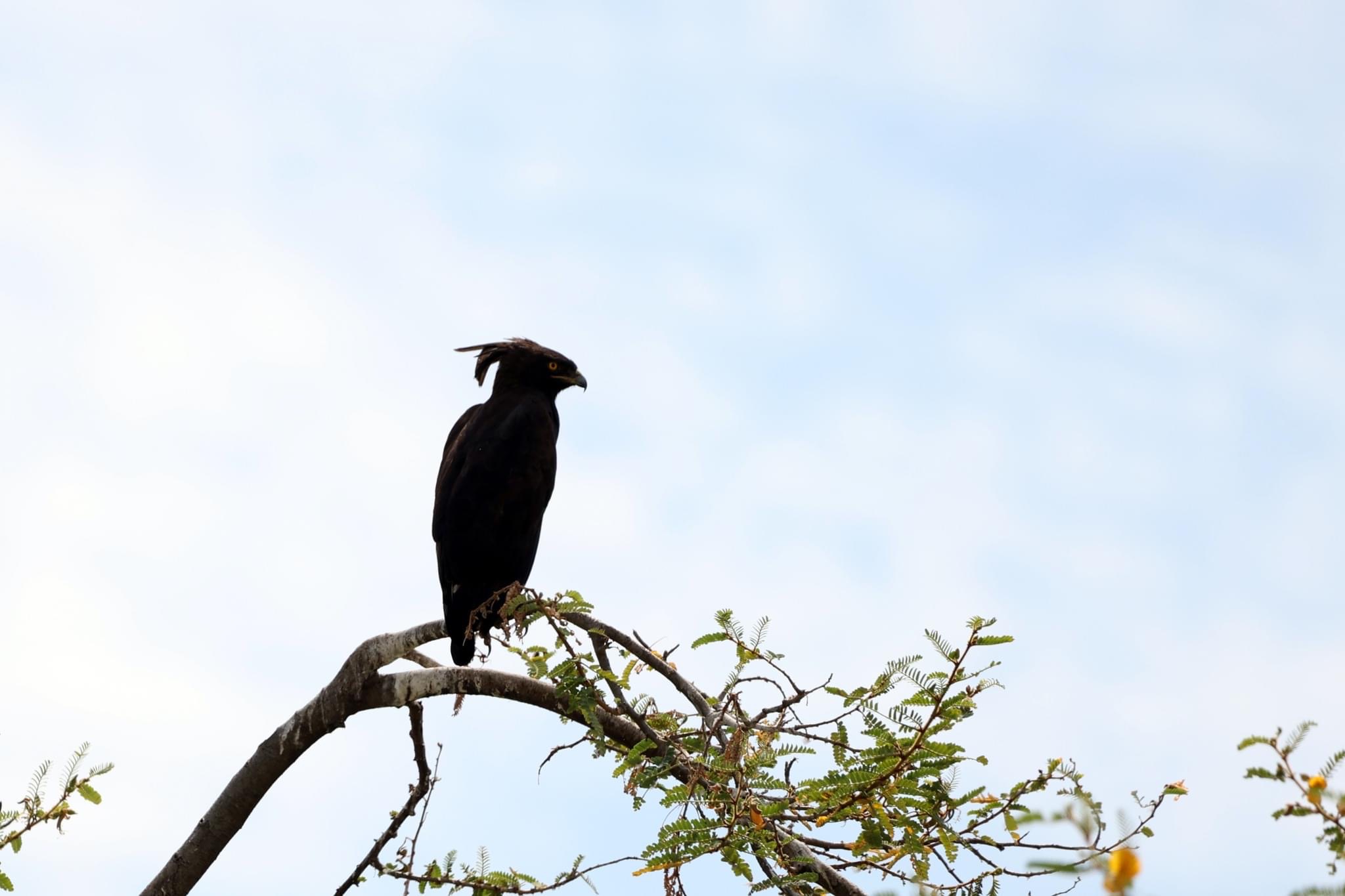

While on the way to Bangweulu the day before, we simply could not pass by Kasanka National Park. Although a relatively small reserve, it has beautiful wetlands and as it is situated close to the DRC border, it hosts a mixture of very interesting species. We had a Sitatunga ram right by our campsite, and saw fascinating species like the Gambian sun squirrel and the kinda yellow baboon (yes, it’s kinda yellow but that is also its real name!). We also found two breeding pairs of special racket-tailed rollers displaying, rolling from side to side after ascending vertically. Kasanka is most famous for the largest mammal migration in the world when millions of fruit bats arrive during October each year – we will therefore need to be back to witness this natural spectacle.

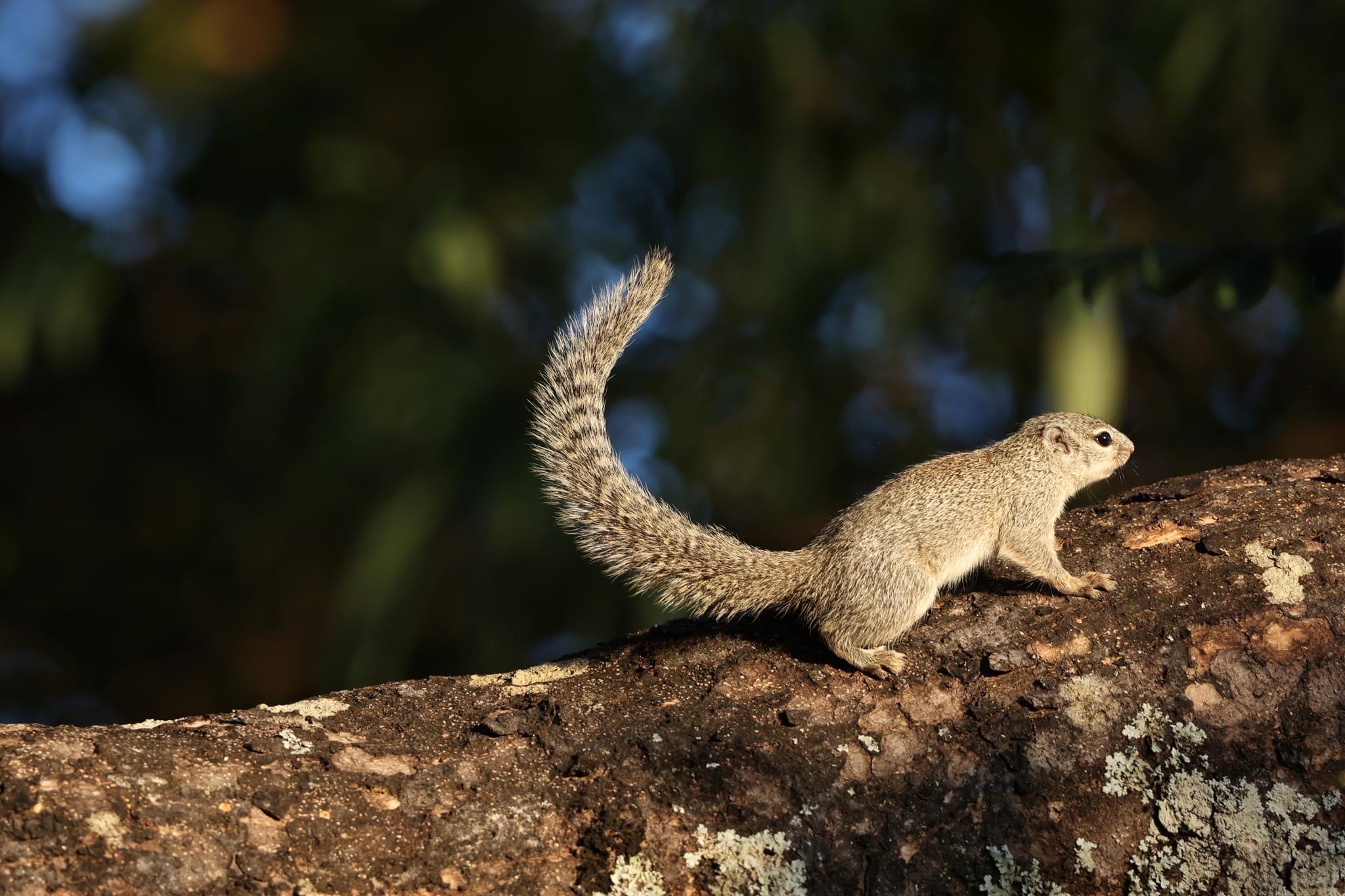
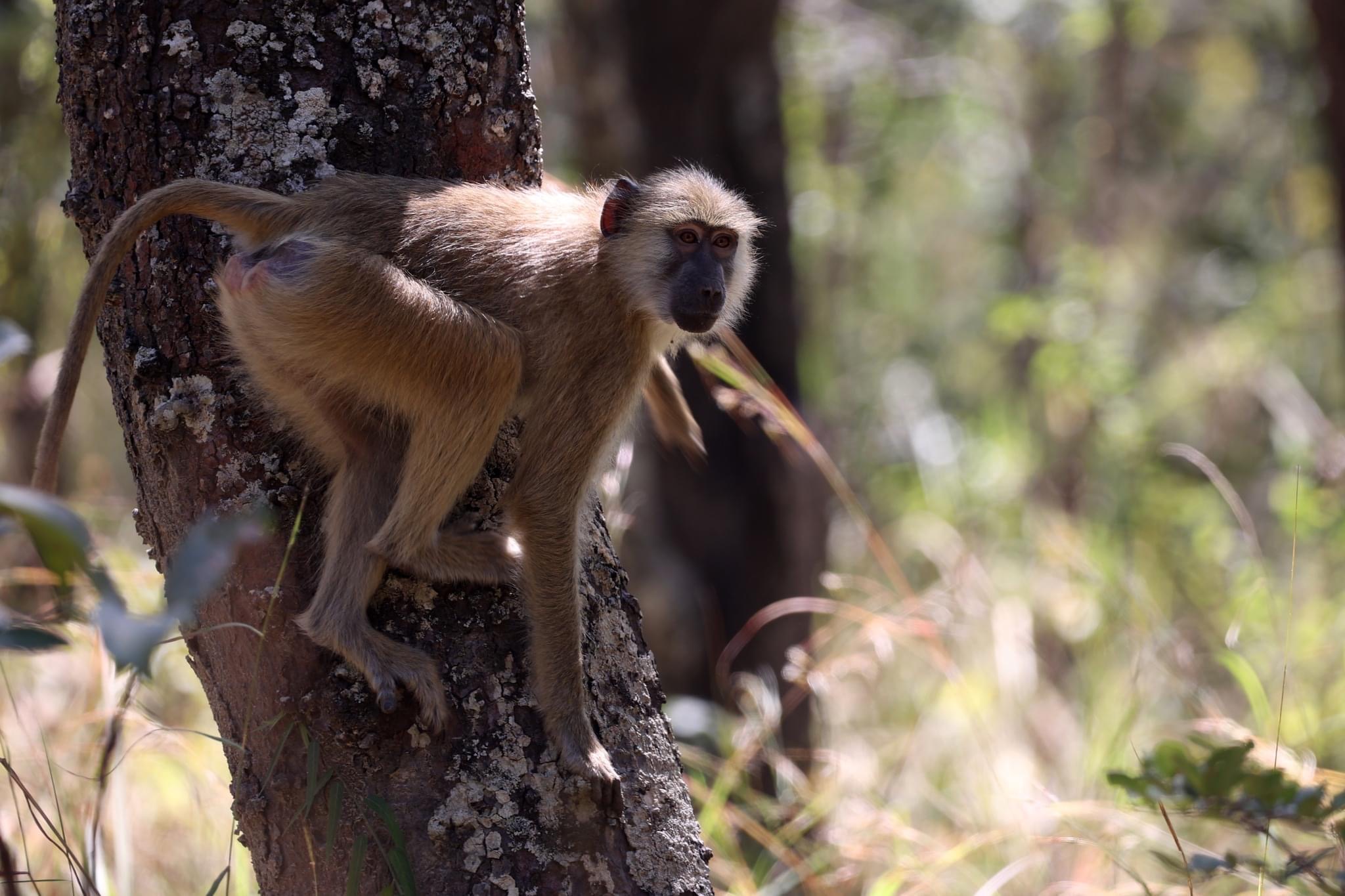
But there was also another giant to visit before the shoebills. Not too far from Kasanka, right at the end of a pretty rough dirt road (proudly Zambian), you will find Chitambo’s old village. And outside the village, you will find the site where famous explorer and missionary David Livingstone passed away before his body was carried back to London by his two loyal servants. Although the tree marking the location now stands in the British Museum and he is buried in Westminster Abbey, his heart is fittingly still buried here. Livingstone was many things, some good and some bad, and he saw an Africa that will never be again – just before the scramble began. But above all he was a wanderer, a wonderer, and someone with a passion for the continent and for his faith. Visiting the serene place where he died while on his knees in prayer was special. As the African proverb goes – seeing is different to being told.



From endemic antelopes filling the plains as far as the eye can see to a surprising predator visit. From a giant amongst adventurers to a giant special bird. Bangweulu is a place full of specialities and wonders that need to be seeked, and whether you find them or not, you may well and simply find it a rare privilege to be in this Africa.
“People talk of the sacrifice I have made in spending so much of my life in Africa. It is emphatically no sacrifice. Say rather it is a privilege” – David Livingstone



Some helpful trip tips:
- Kasanka National Park (Pontoon campsite 2):
- Most roads are still closed in May, but campsites are accessible
- Peak time is in October/November during the bat migration
- Livingstone memorial site: Beautiful site to camp, but expensive – recommend only to visit
- Bangweulu wetlands (Nsobe campsite):
- Enquire with Shoebill Island (luxury lodge) if roads are dry – this is a notorious place to get stuck in wet cotton soil!
- Enjoy the drive in (right through the villages) and don’t miss the turn-off to Nsobe. Demonstrating a 13-point u-turn to an entire village is awkward.
- Take enough water when going shoebill tracking.
- Lavushi Manda National Park:
- No park fees apply when traversing it to access Bangweulu.
- Park campsites no longer seem operational and access roads are completely overgrown.


